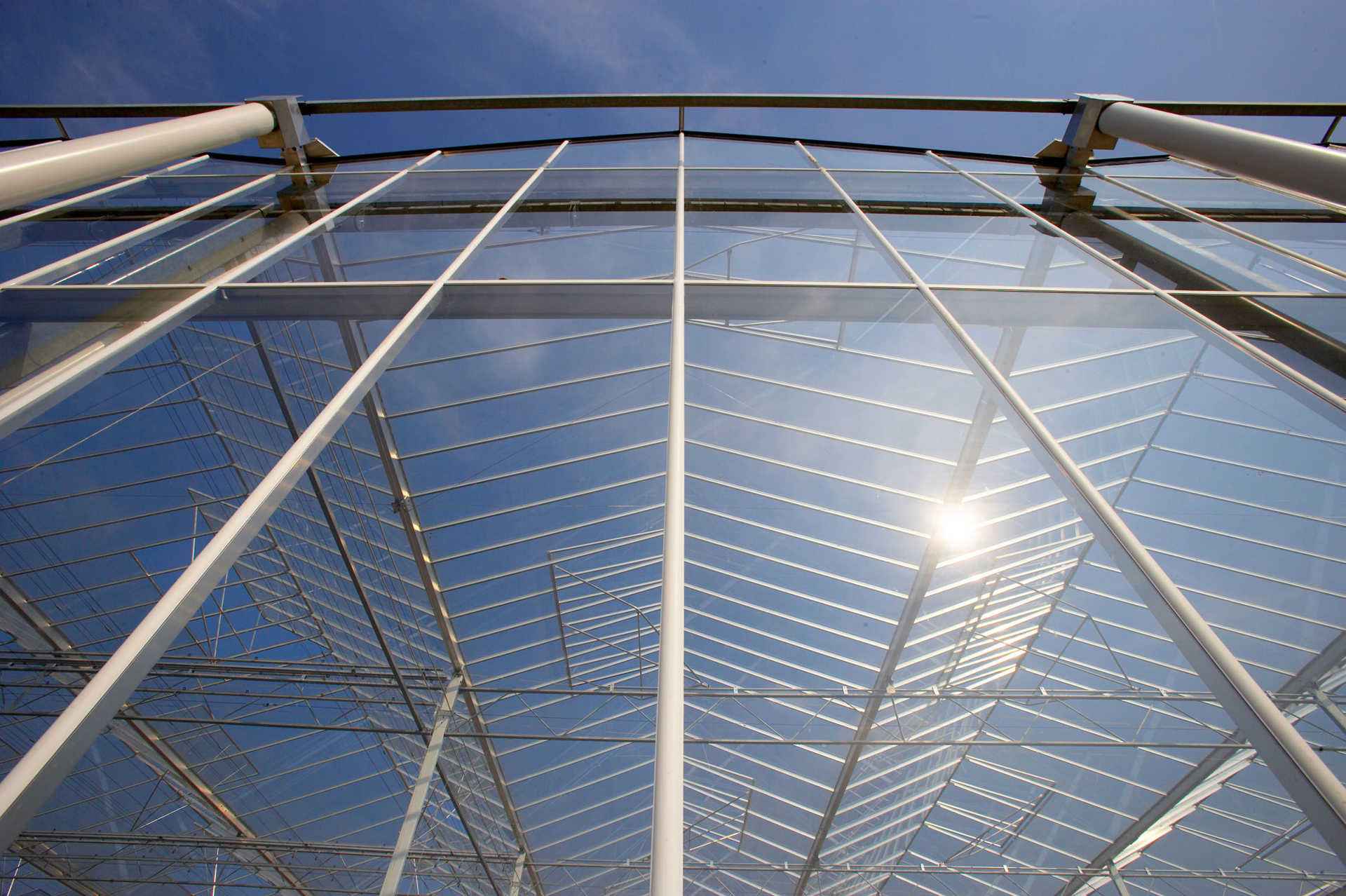Respiration

Short definition
Respiration in greenhouse crops denotes mitochondrial oxidation of carbohydrates that releases CO2 and provides ATP for growth and maintenance. It splits into growth respiration linked to dry matter formation and maintenance respiration supporting cellular functions.
Expanded definition
=In greenhouse applications, respiration encompasses all CO2 released by cellular metabolism, mainly mitochondrial oxidation of carbohydrates. It contributes to the canopy CO2 balance by offsetting photosynthetic gains, and is typically partitioned into growth respiration (R_g) tied to new dry matter formation and maintenance respiration (R_m) supporting ion transport, enzyme turnover, and repair. Daytime respiration can occur in the light and is a significant portion of canopy CO2 efflux, complicating gas-exchange calculations that separate gross photosynthesis from respiration (P_n = P_g - R_d). Temperature strongly modulates maintenance respiration (often with a Q10 near 2) and scales with crop biomass via a maintenance coefficient; growth respiration is linked to growth rate and can be characterized by a CO2 production factor (C_pf). Synonyms and abbreviations: dissimilation, dark respiration, growth respiration (R_g), maintenance respiration (R_m), crop respiration, day respiration, night respiration, R_d, R_g, R_m, R_m,d, growth CO2 efflux, maintenance CO2 efflux.
In Greenhouse Context
Respiration shapes the energy budget and CO2 flux profile of a greenhouse, influencing how growers manage climate control, energy use, and ventilation strategies. Because maintenance respiration scales with crop biomass and is temperature sensitive, even small changes in setpoints or venting can shift net canopy CO2 exchange and leaf/intercellular humidity dynamics. In practice, accurate accounting of R_g and R_m improves canopy CO2 balance models and helps optimize CO2 enrichment schedules, reducing wasted CO2 and improving the efficiency of photosynthesis-driven growth. Growers track R_d and nocturnal respiration as part of managing nighttime dehumidification, since CO2 release influences the partial pressure of CO2 and the dewpoint, which in turn affects condensation risk and disease pressure. Temperature, PAR, and crop stage all feed into R_m and R_g, so climate-control algorithms must consider maintenance costs alongside growth demands; crop-specific data, such as the growth CO2 production factor and maintenance coefficient, anchor budgeting exercises that inform both energy planning and fertigation timing. Accurate measurement approaches, from leaf-level gas exchange to canopy flux methods, support model validation and enable the calibration of control schemes that aim to maximize net assimilation while maintaining safe humidity and air quality. Sensor networks can deploy CO2, temperature, and humidity probes in representative zones to capture diurnal patterns, while venting and heating strategies are tuned to keep VPD within target ranges for the prevailing PAR.
Examples and/or use cases
In a tomato greenhouse, growers use canopy CO2 balance modelling by partitioning daytime net assimilation into P_g and R_d to schedule CO2 dosing and avoid waste; a cucumber house applies a 2°C daytime temperature reduction during warm spells to reduce maintenance respiration and energy use while preserving growth; growth respiration budgeting uses a growth rate of 2 g DM m-2 d-1 and a CO2 production factor of 0.4 g CO2 g-1 DM to estimate about 0.8 g CO2 m-2 d-1 released during rapid vegetative growth; maintenance respiration is estimated with a maintenance coefficient around 2 g CH2O g DM^-1 d^-1 to project daily CO2 efflux per square meter; canopy CO2 flux measurements with portable chambers or eddy covariance are used to validate model predictions of R_g and R_m and guide calibration of control strategies; during late fruiting, model validation ensures predicted respiration remains accurate as light, temperature and biomass shift.
Relevance
Respiration is a fundamental bridge between plant physiology and climate-control practice in greenhouses. It informs psychrometric calculations, setpoints, and algorithm design by providing a credible partition of CO2 fluxes across the day and night, which directly affects net assimilation, energy use, and ventilation needs. Understanding R_g and R_m helps farmers target CO2 enrichment when net gains are largest while avoiding waste during periods of high maintenance costs or low photosynthetic capacity. The temperature sensitivity of maintenance respiration (Q10) and its scaling with biomass create important trade-offs between energy inputs and growth rates, demanding robust parameter estimates and careful monitoring. This knowledge supports risk/benefit assessment for different varieties, growth stages, and weather scenarios, enabling proactive automation rather than reactive responses. In short, respiration knowledge enhances canopy modelling, improves CO2 use efficiency, and strengthens the economic and agronomic performance of modern greenhouse operations. Sources — Books: Greenhouse Climate Control — Heuvelink; Greenhouse Climate Control — Challa; van Meeteren; Farquhar, G.D. & von Caemmerer, S.; Kirschbaum, M.U.F. & Farquhar, G.D.; Penning de Vries, F.W.T. & Van Laar, H. Sources — Online: https://extension.psu.edu/psychrometric-chart-use/; https://msu-prod.dotcmscloud.com/floriculture/uploads/files/Section%20_3.pdf; https://ceac.arizona.edu/sites/default/files/asae_-_heating_ventilating_and_cooling_greenhouses.pdf